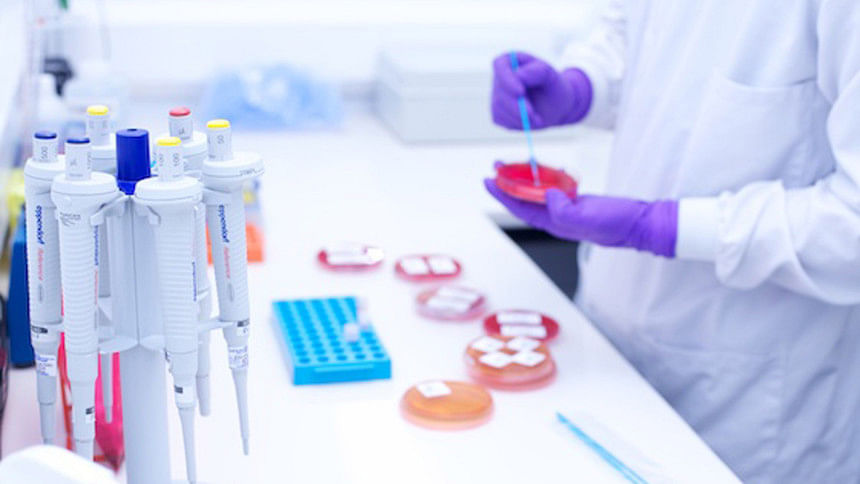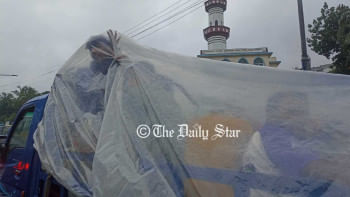Country’s only tissue bank operating silently and seamlessly

At a time when we are bombarded with reports about how strained our health system is due to the Covid-19 pandemic—and how exhausted both human and material resources of this sector are—the work of the Institute of Tissue Banking and Biomaterial Research (ITBBR) offers hope and reassurance. As reported in this daily, the country's lone tissue bank, situated in Savar, provides its essential services to patients at very low prices, and even for free to poorer patients who have the reference of a public hospital doctor. It has been in operation since 2009, and until last year, has reportedly provided over 1.39 lakh cubic metres of bones and 54,768 pieces of amniotic grafts to hospitals and clinics for use in various surgeries. In the process, it has helped 8,351 patients to go through tissue transplants without denting their wallets.
Such accessibility of the tissue bank's services is especially helpful for poor patients who often dread the high costs of surgeries related to bone and skin tissues. Some of the procedures can even cost 10 times less than what a patient would have to pay for them in neighbouring India, doctors claim. The tissue bank collects amputated bones, skulls, and parts of amniotic sacs (which help burns heal faster) from hospitals to aid in tissue transplant surgeries. It also controls the microbiological quality of skin grafts and stores them at proper temperatures according to the International Atomic Energy Agency's (IAEA) guidelines.
Besides this, the ITBBR also provides tissues to patients from over 100 hospitals and clinics countrywide. All that is needed is the authorisation by a doctor from one of the hospitals and verification of the doctor's identity before the patient's representative can collect the processed tissue.
Though their services are priceless, many were not even aware of the bank's existence until the government reportedly approved a Tk 173-crore project for the expansion of the institute and establishment of a full-fledged Human Tissue Bank on July 28. The work of this facility's small team (consisting of only eight scientific officers and 15 laboratory and administrative staff members) is especially valuable for patients involved in road accidents, of which, unfortunately, there are many in our country.
We hope the expansion plan for the ITBBR and the establishment of the Human Tissue Bank will reach fruition on time and with as few hiccups as possible. Work such as this needs to be rewarded not just with appreciation, but also with necessary funding and resources in order to maintain and improve the quality of the bank's services.

 For all latest news, follow The Daily Star's Google News channel.
For all latest news, follow The Daily Star's Google News channel. 



Comments